Copper in Kitchens and Baths
Native Trails uses sustainably sourced and manufactured copper in its kitchen and bath product lines.
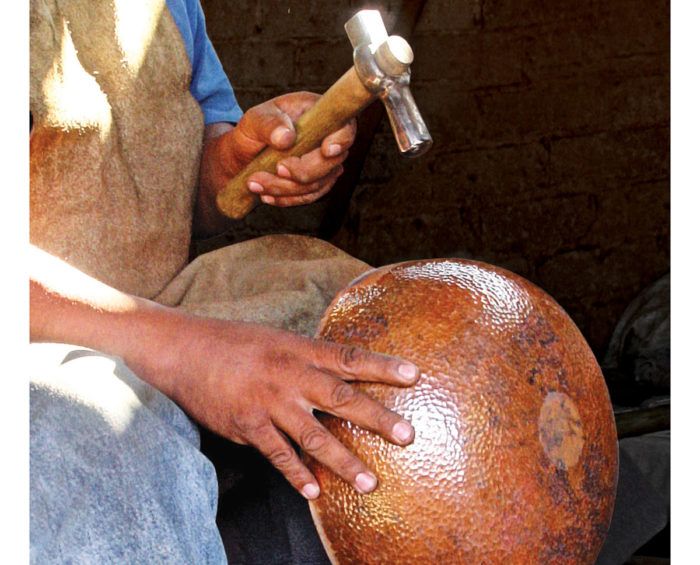
Any mention of the words “artisanal,” “craft,” and “sustainable” always gets my attention. So I recently found myself attending a talk entitled “Artisanal Craft in Sustainable Spaces,” co-hosted by the National Kitchen & Bath Association (NKBA) Southern New England Chapter and Native Trails. During the lecture I found myself making notes about copper, a material I have always admired for its aesthetic appeal but not one I’d given much thought to beyond that.
I have since learned about copper’s value as a building product. According to the Copper Development Association (CDA) copper’s superior thermal and electrical conductivity, combined with its 100% recyclability make it a truly green material. Its thermal and electrical attributes make it ideal for systems aimed at energy efficiency, and its use in commercial buildings has been shown to save on fossil fuel consumption, thereby reducing carbon emissions. Furthermore, considering that nearly 25 million tons of copper are produced annually, it is a highly renewable resource. So great is copper’s potential that the CDA recognizes educational, residential, government, and religious structures with annual awards for outstanding use of architectural copper and copper alloys. Of their three categories: New Construction, Renovation/Restoration, and Ornamental Applications, it’s the last that I’ve been thinking about lately (probably because I am working on our 2018 Kitchens & Baths issue).
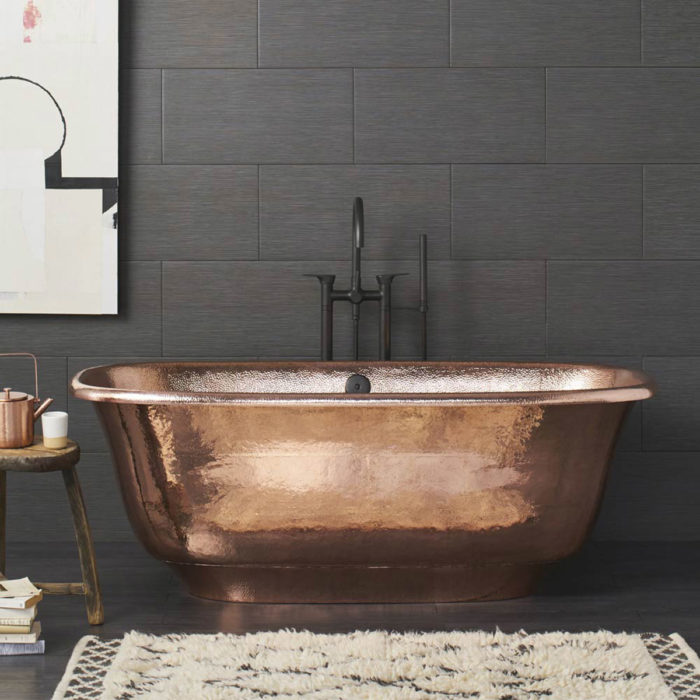
Of course, copper is expensive, so it is often considered a luxe choice for interior design elements. It is arguable though, that if the budget allows and/or there are savings to be had elsewhere in a project, choosing goods made of copper makes smart environmental sense—and that is money well spent. Plus, if those goods and the materials used to make them are thoughtfully sourced and contribute to a creative economy, then that, too, is added value.
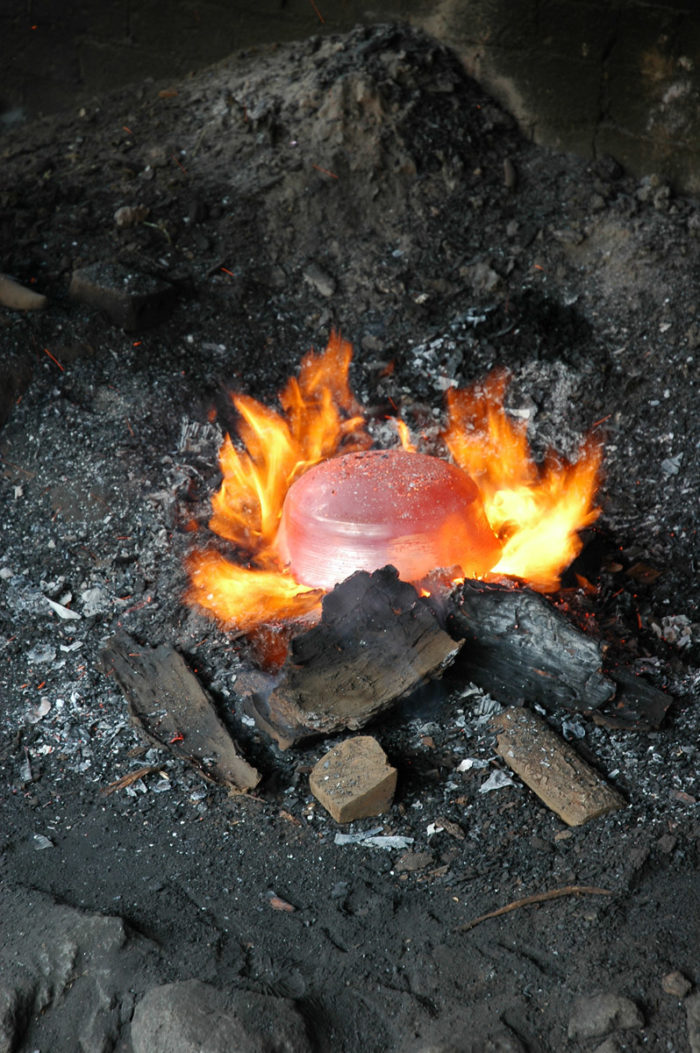
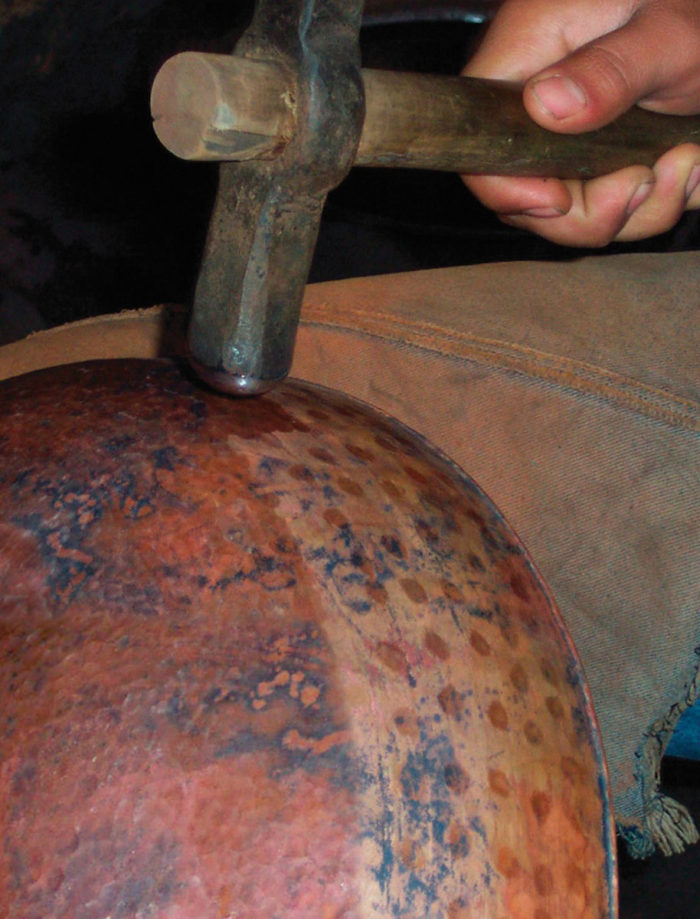
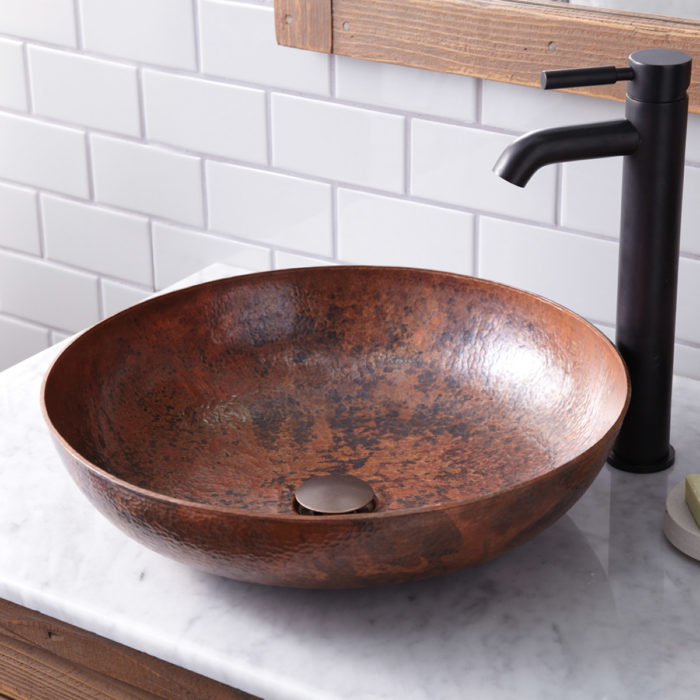
With the tagline “Crafted by Artisans from Natural and Sustainable Materials,” Native Trails manufactures copper kitchen and bath products sourced from Michoacán, Mexico, where they have formed long-standing partnerships with family-owned workshops that employ decades-old coppersmithing techniques. With its mission to combine heritage methods with innovative design strategies, Native Trails offers a unique line of products made of strictly recycled copper, never mined. By regularly visiting the workshops they ensure the sustainability of the company’s practices, while also contributing to Michoacán’s local economy.
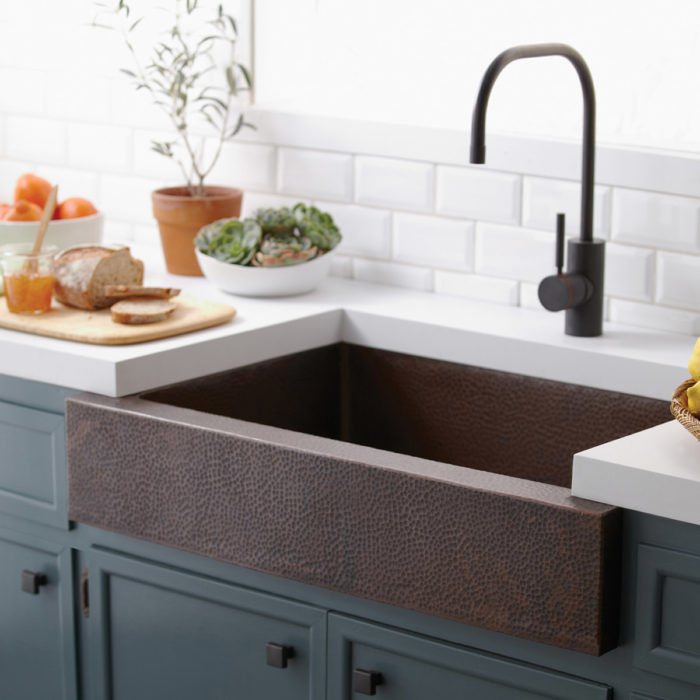
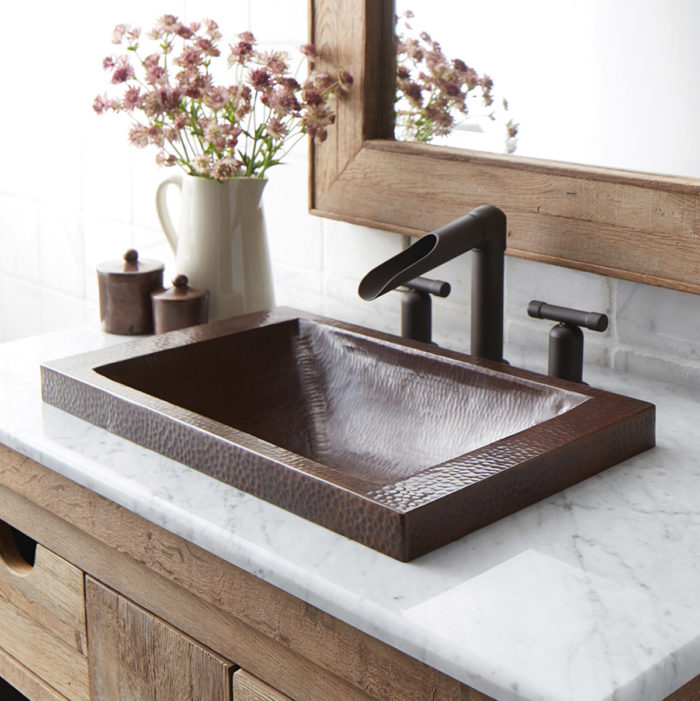
Built into the high cost is the fact that collecting scrap copper—which comes from both the commercial and residential sectors—hand forging and shaping it, and then hand hammering it into a finished product can take days or even weeks to perfect. Clearly, it is an art form. It is also a trade that taxes the body—another kind of cost to factor in when browsing the showroom.
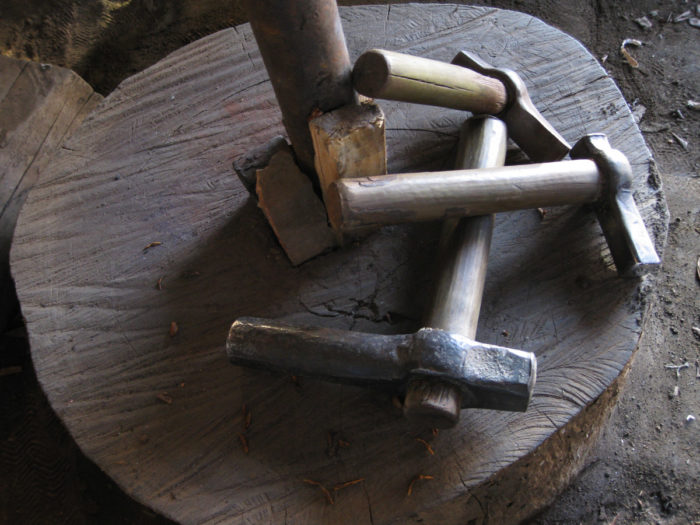
Fine Homebuilding Recommended Products
Fine Homebuilding receives a commission for items purchased through links on this site, including Amazon Associates and other affiliate advertising programs.

Graphic Guide to Frame Construction

Not So Big House

A Field Guide to American Houses

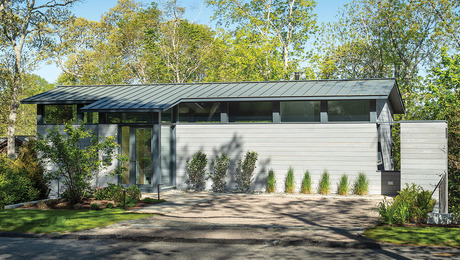

















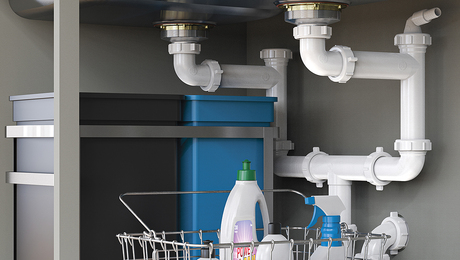









View Comments
I love these copper plumbing fixtures We ran in to trouble with inspections just before we ordered a tub (maybe 2013). Inspectors wanted to see that the copper tub and sinks had the appropriate certifications. For instance IPC 2015 states 407.1 Approval.
Bathtubs shall conform to ASME A112.19.1/CSA B45.2, ASME A112.19.2/CSA B45.1, ASME A112.19.3/CSA B45.4 or CSA B45.5/IAPMO Z124. We couldn’t get around the lack of certifications so we went another direction. One inspector wanted UL or ETL listing because the tubs and sinks were all metal (not sure this is valid, just what we experienced). I am sure some manufacturers have accommodated the code language. Our supplier check with the manufacturer and they couldn’t offer compliance. Other than this issue, these are beautiful pieces and the material makes a lot of sense.